This is consistent with previous follow of making a proportional adjustment to this AQI breakpoint, relative to an AQI value of a tropical hibiscus flower all over printed hawaiian shirt hundred (i.e., 70 ppb), and in addition retains the current practice of offering a 15 ppb range in the average class to permit for correct forecasting. This degree is beneath the bottom focus (i.e., 60 ppb) that has been proven in controlled human exposure research of wholesome adults to trigger average lung operate
tropical hibiscus flower all over printed hawaiian shirt
primarily based considerations, as well as recommendation from CASAC and public remark. Evidence-primarily based considerations draw upon the EPA’s evaluation and integrated synthesis of the scientific proof from experimental and area studies evaluating welfare results associated to O3 publicity, with a concentrate on policy-relevant issues, as discussed within the PA. Air high quality analyses inform these concerns with regard to cumulative, seasonal exposures occurring in areas of the U.S. that meet tropical hibiscus flower all over printed hawaiian shirt the current commonplace. Exposure- and threat-based issues draw upon the EPA assessments of danger of key welfare results, together with O3 results on forest development, productivity, carbon storage, crop yield and visible foliar damage, expected to happen in mannequin-primarily based situations for the current commonplace, with applicable consideration of associated uncertainties. As mentioned more absolutely beneath, this determination is based on an intensive review, within the ISA, of the latest scientific information on O3-induced environmental effects. This choice also takes into consideration employees assessments within the PA of probably the most policy-relevant info within the ISA regarding evidence of opposed results of O3 to vegetation and ecosystems, information on biologically-relevant exposure metrics, WREA analyses of air quality, publicity, and ecological dangers and related ecosystem companies, and employees analyses of relationships between ranges of a W126-based mostly metric and a metric primarily based on the shape and averaging time of the current standard summarized within the PA and in the proposal discover; CASAC advice and suggestions; and public feedback obtained through the growth of these documents, both in connection with CASAC meetings or individually, and on the proposal notice.
The Administrator has made this determination based on judgments concerning the at present available welfare effects proof, the appropriate degree of public welfare safety for the revised standard, and presently out there air high quality info on seasonal cumulative exposures which may be allowed by such a normal. In so doing, she has focused on O3 results on tree seedling progress as a proxy for the complete array of vegetation-related effects of O3, starting from effects on delicate species to broader ecosystem-degree results. Using this proxy in judging effects to public welfare, the Administrator has concluded that the requisite protection from opposed effects to public welfare shall be offered by a regular that limits cumulative seasonal exposures to 17 ppm-hrs or lower, by way of a 3-year W126 index, in practically all situations, and she has additionally concluded that such management of cumulative seasonal exposures may be achieved by revising the extent of the present standard to 70 ppb. Based on all of those considerations, the Administrator has decided that a secondary standard with a stage of zero.070 ppm, and the present form and averaging time, will provide the requisite protection of public welfare from known or anticipated antagonistic results. concentrations for the next day (≥ 20 ppb). Although not supporting revision of the usual, this state really helpful that if the primary standard was revised to 70 ppb, the lower end of reasonable class must be set at 50 ppb to allow for a 20 ppb spread in that class. Several commenters recommending a breakpoint between the great and average classes of no greater than 50 ppb said that this breakpoint should be set on health information, pointing to epidemiologic data and the World Health group pointers. The Agency agrees that AQI breakpoints ought to take into accounts well being info when possible, and in addition that it is important for AQI categories to span ranges giant enough to help accurate forecasting. The EPA is setting the breakpoint on the decrease finish of the reasonable category at fifty five ppb, which is 15 ppb beneath the extent of the standard of 70 ppb.
Click to buy tropical hibiscus flower all over printed hawaiian shirt and hope you like






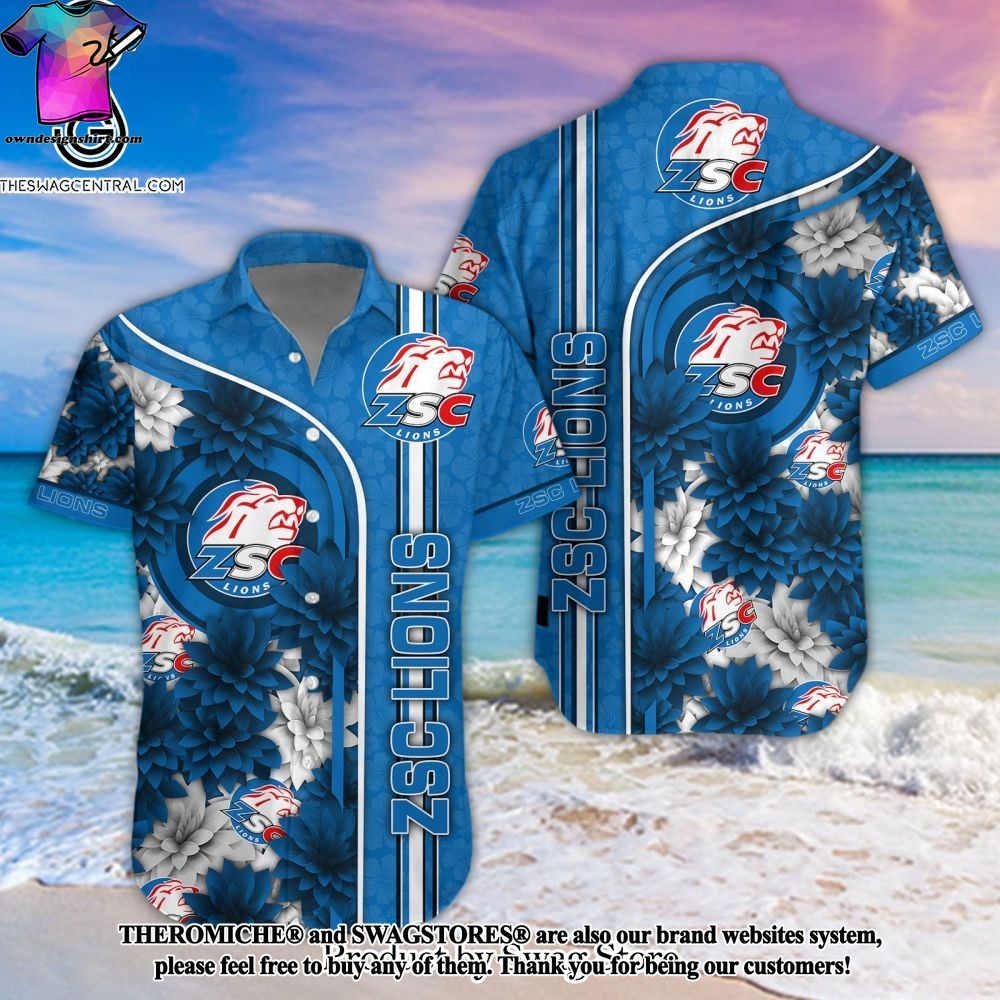







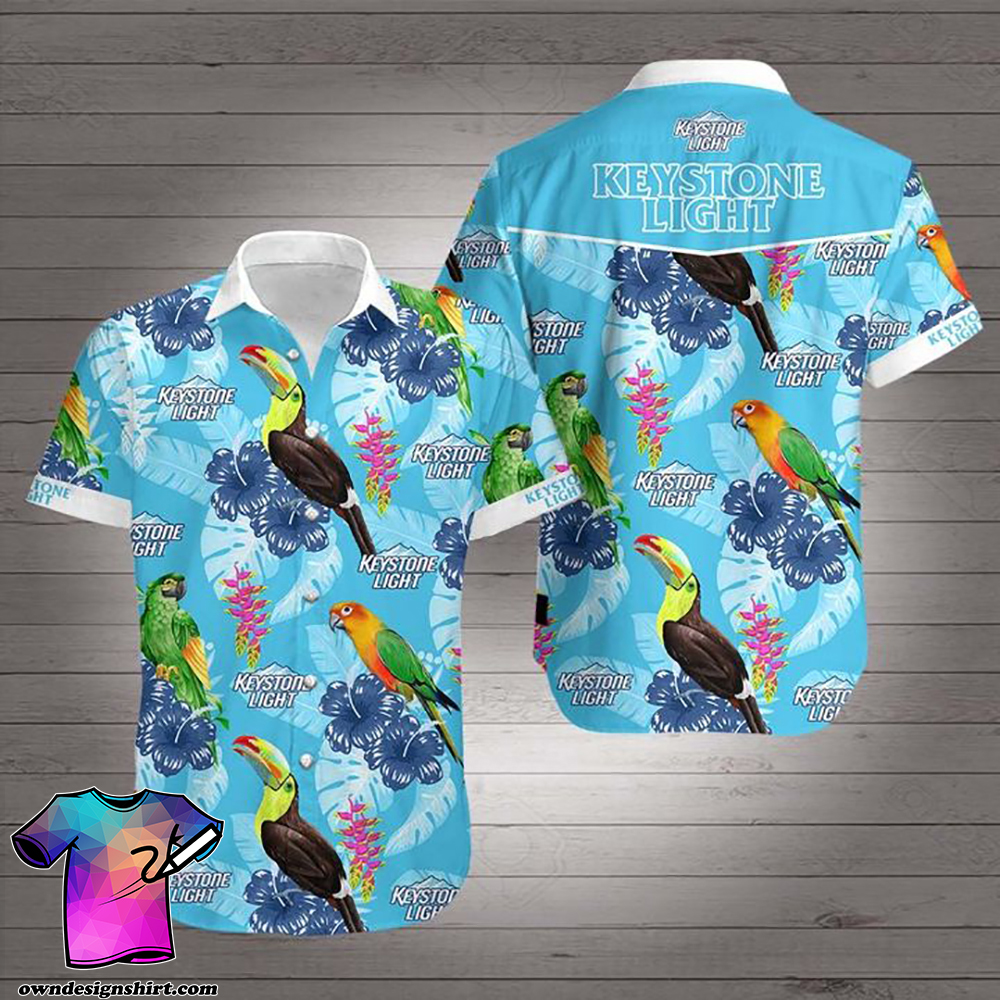
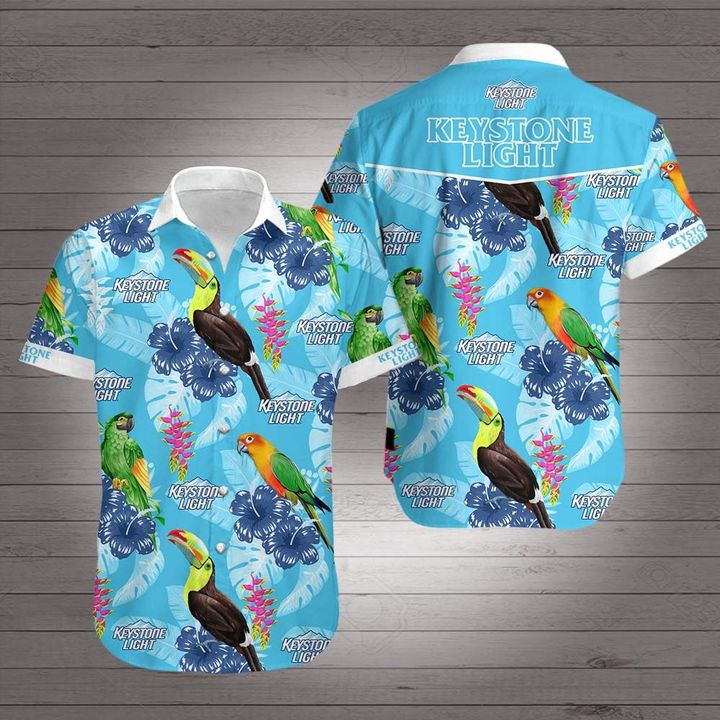




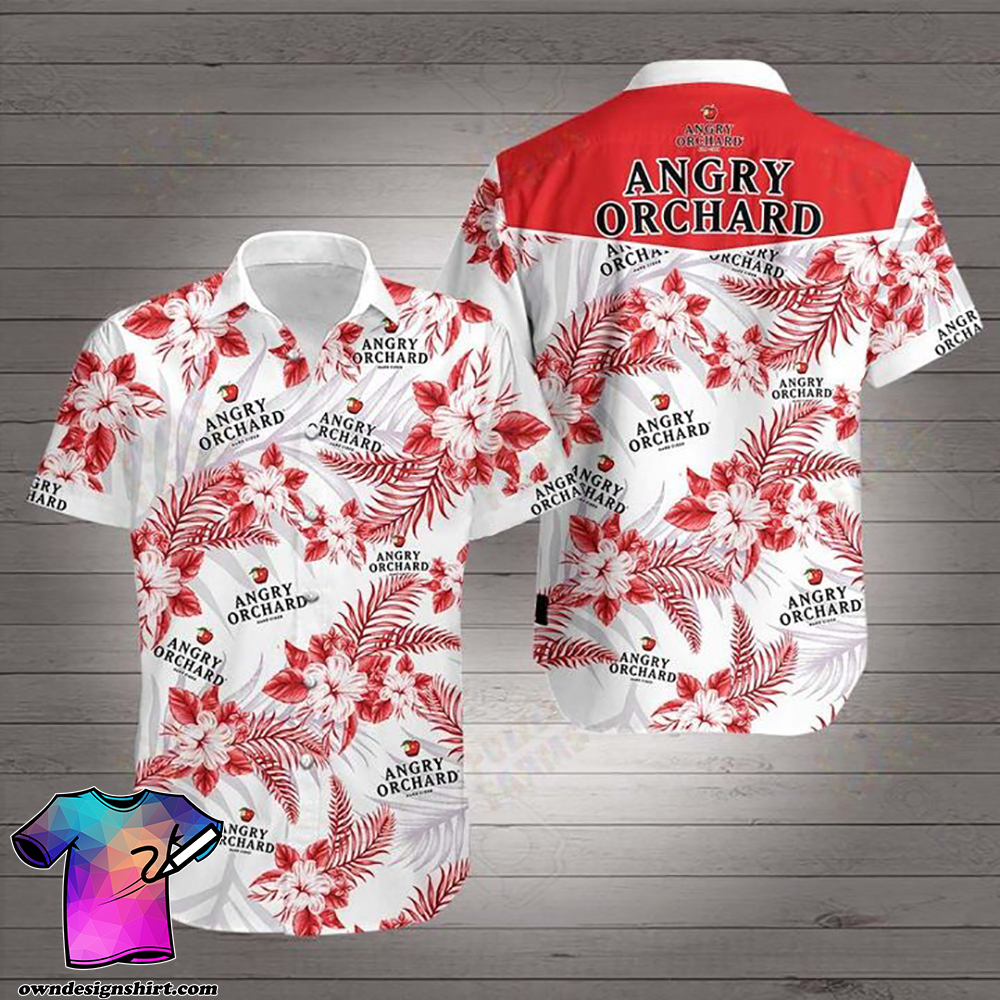
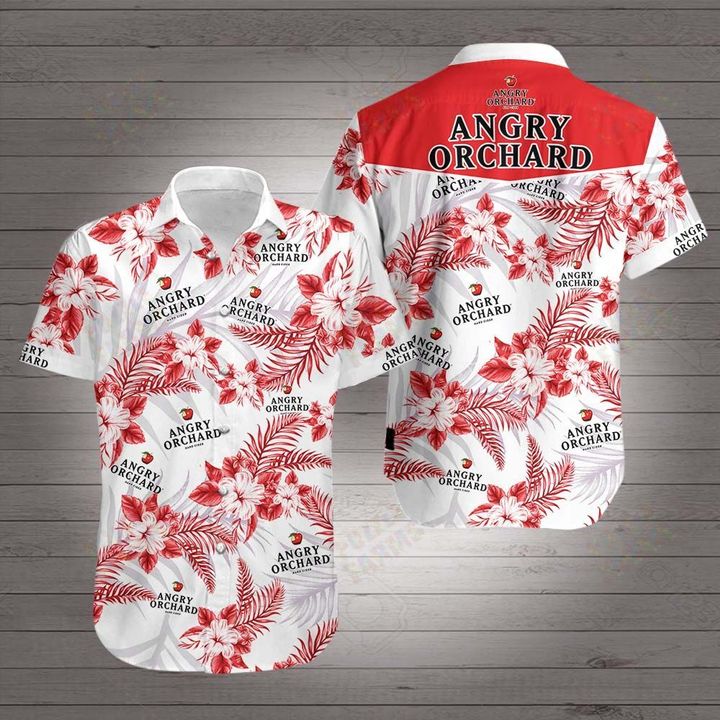





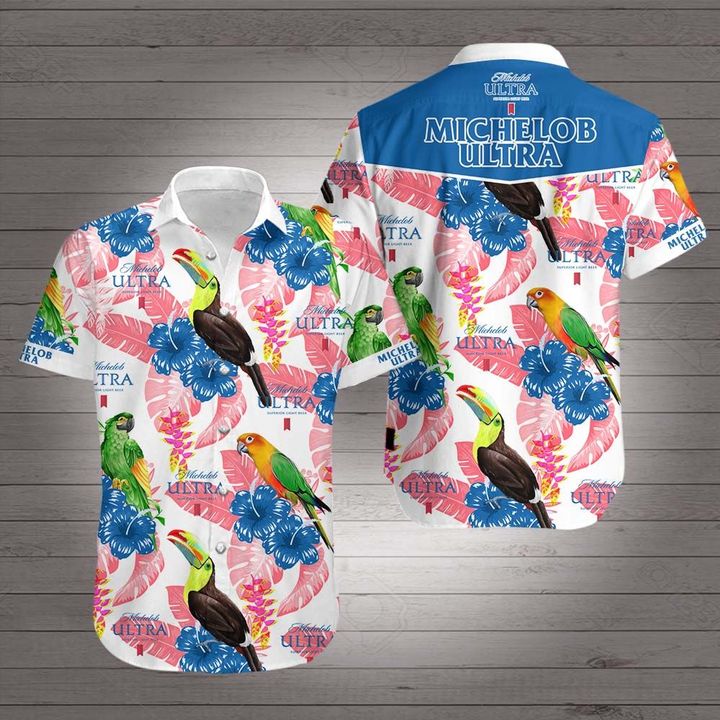
Reviews
There are no reviews yet.